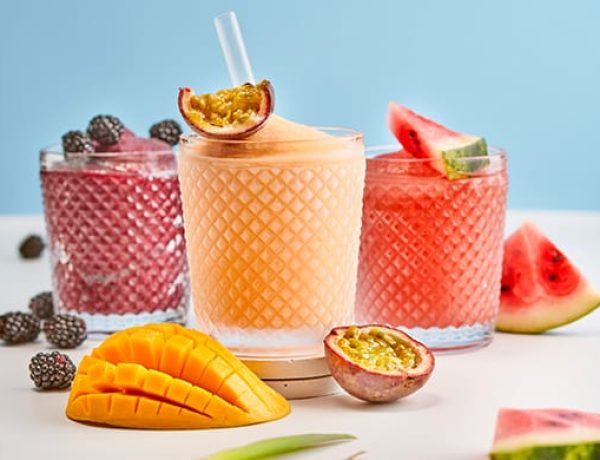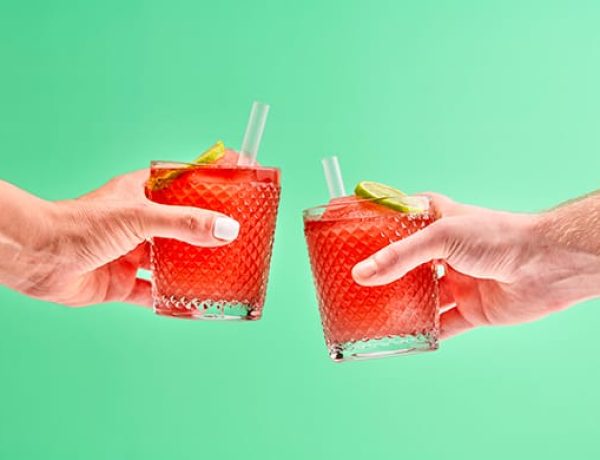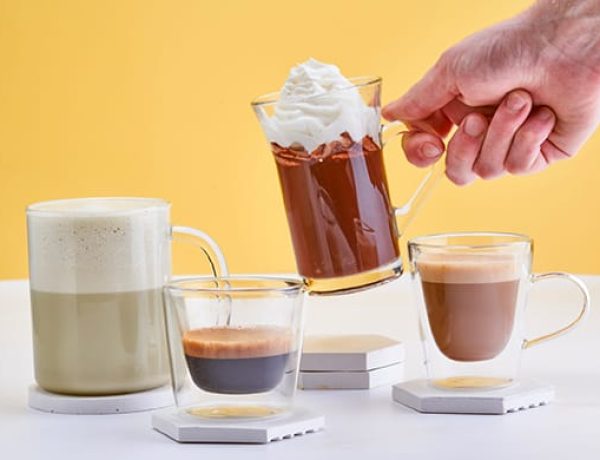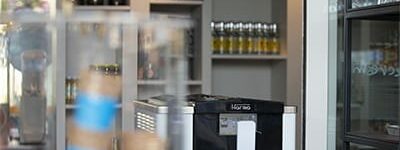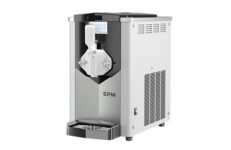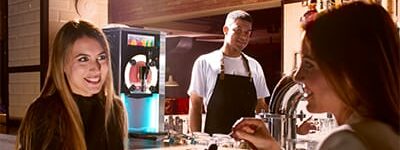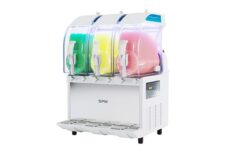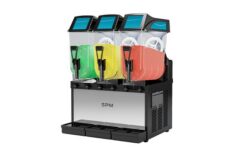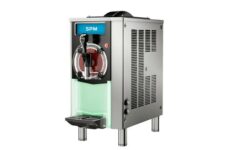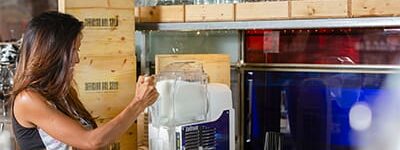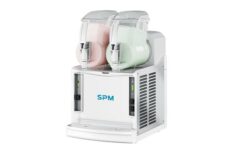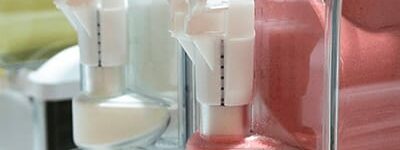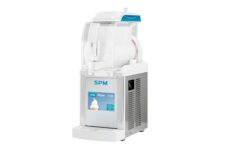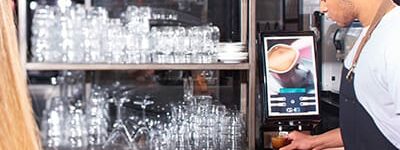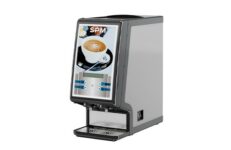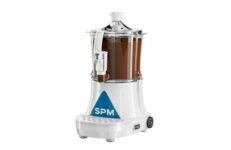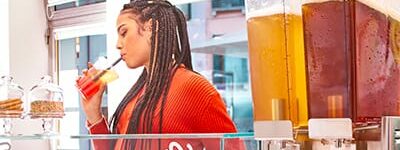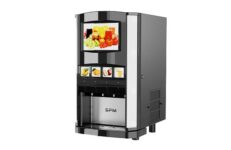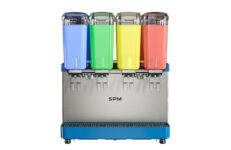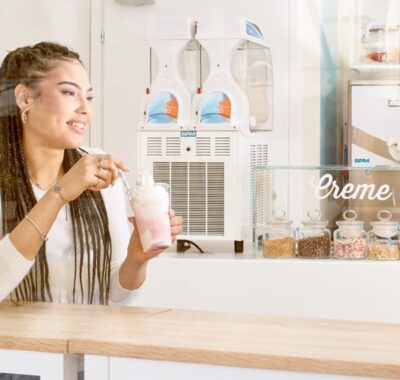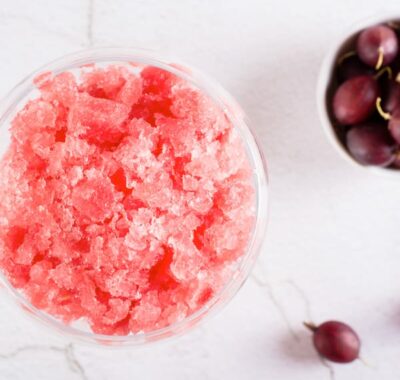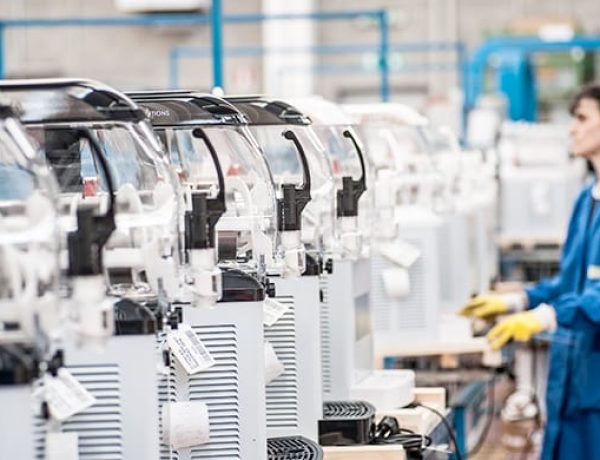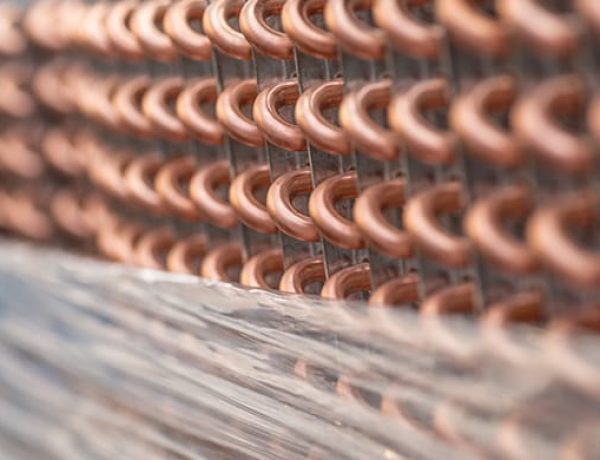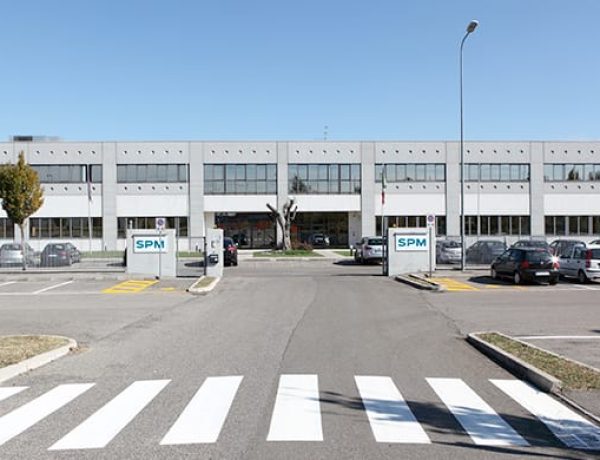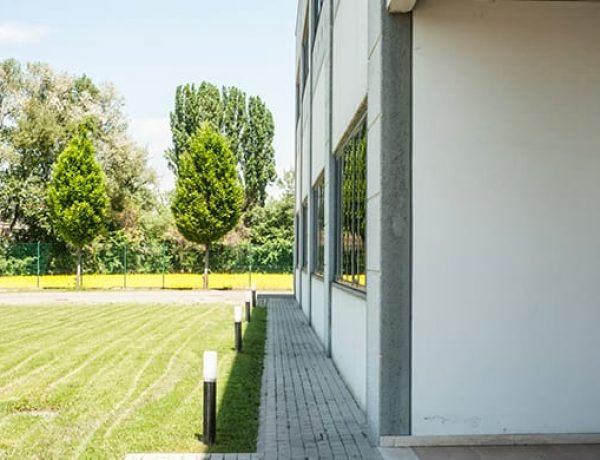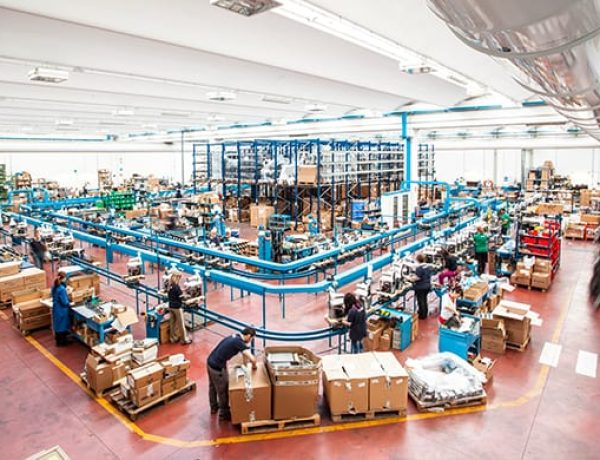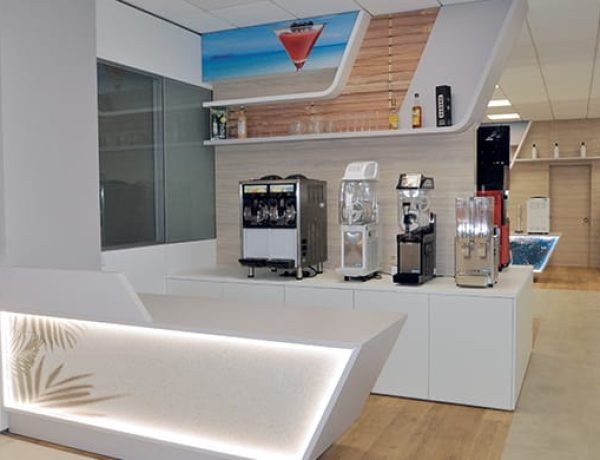What is bubble tea and how is it made?
Colourful, eye-catching, and endlessly customisable, bubble tea has become one of the most popular beverages in the world. Whether served in cafés, kiosks or food trucks, this cold drink stands out for its chewy tapioca pearls and unique flavour combinations. But what is bubble tea, exactly? And how is it prepared in a professional setting? Let’s explore its origins, key ingredients, popular variants, and the equipment that makes service efficient in high-demand venues.
Origins and rise of bubble tea
Bubble tea’s story begins in Taiwan in the 1980s, where street vendors started combining milk tea with tapioca pearls (also known as boba). The resulting drink quickly gained popularity thanks to its unusual texture and refreshing taste. Within a few decades, bubble tea had spread across East Asia, then to the United States and Europe, becoming a staple in urban food culture.
Today, opening a bubble tea shop is seen as a lucrative business opportunity in many markets. The global appeal of this drink stems from its mix of fun aesthetics, personalisation (in terms of sugar levels, toppings, tea base, etc.), and its strong presence on social media.
Core ingredients: tea, milk, and tapioca
At its base, bubble tea consists of three essential components:
- Tea: most recipes use black tea, green tea, or oolong tea. These are brewed and sometimes flavoured or sweetened before serving.
- Milk or milk alternatives: traditional bubble tea includes condensed or evaporated milk, but many modern versions opt for plant-based alternatives like oat, almond or soy milk.
- Tapioca pearls: chewy balls made from cassava starch, boiled and often soaked in syrup to enhance flavour and texture.
Other common ingredients include fruit syrups, purees, and jelly toppings, which contribute to the drink’s flavors variety.
Types of bubble tea and variations
There is no single bubble tea recipe. Instead, the drink has evolved into a diverse and creative category of beverages with multiple subtypes, each catering to different palates and preferences:
- Classic milk tea: a traditional favourite made with black tea, milk, and tapioca pearls. It’s known for its creamy texture and balance between sweetness and depth of flavour.
- Fruit tea: a refreshing, dairy-free option that blends tea with fruit juices, syrups, or purees. Common flavours include mango, passion fruit, and lychee, often paired with popping boba or fruit jellies.
- Slushes and smoothies: icy, blended versions of bubble tea that incorporate fruits, yoghurt, or milk, ideal for warmer climates or dessert-style drinks.
- Cheese tea: a more recent innovation that tops iced tea with a thick, slightly savoury foam made from whipped cream cheese and milk. The contrast between sweet and salty creates a unique taste experience.
Beyond these main types, bubble tea offers near-endless customisation. Consumers can choose the level of sweetness and ice, select from dozens of tea bases (like jasmine, matcha or Earl Grey), and add toppings such as aloe vera, red bean, chia seeds, or pudding. This personalisation is one of the reasons bubble tea has become a global phenomenon, allowing shops to innovate and meet evolving customer tastes continuously.
Equipment needed for commercial service
Running a bubble tea shop requires more than good recipes. Speed and consistency are essential in a fast-paced retail environment. Among the essential tools, one of the most important is the cold beverage dispenser, commonly referred to as a bubbler.
Bubbler machines are ideal for storing and serving the tea base used in bubble tea. They keep liquids at the right temperature, ensure continuous agitation to prevent separation, and allow for quick service.
While bubblers cannot dispense bubble tea directly – as tapioca pearls would clog the system – they are perfect for preparing and serving the freshly brewed tea before the pearls and toppings are added. This setup supports both hygiene and workflow optimisation.
In addition to bubblers, other useful tools include cup sealing machines, induction cookers (for preparing tapioca), shaker machines, and blenders for smoothies or iced options.
The right setup enhances service quality and helps ensure that every cup served lives up to the standard of the best bubble tea on the market. Choosing reliable, high-performance solutions like the beverage dispensers developed by SPM Drink Systems means equipping your business with tools designed specifically for efficiency, hygiene, and customer satisfaction.
Want to know more about
our products?
For any support or information, do not hesitate to contact us!

